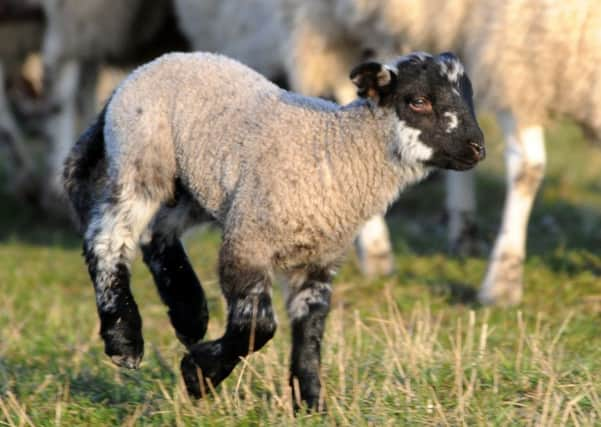Hope of early warning system to tackle livestock disease
This article contains affiliate links. We may earn a small commission on items purchased through this article, but that does not affect our editorial judgement.


Schmallenberg virus (SBV) first entered the UK on wind flows from Europe in 2011, causing deformed lambs and calves to be born in 2012 on 220 holdings. Although in the following seasons the disease’s profile fell, this midge-borne disease continues to be a real threat.
• READ MORE: Farming news
Surveillance of Scottish cattle and sheep disease last summer and early winter carried out by SAC Consulting Veterinary Services and supported by Scottish Government identified that SBV was active in the midge population of southern Scotland, particularly the Scottish Borders and Dumfries and Galloway during the late summer and in to early winter of 2016.
Advertisement
Hide AdAdvertisement
Hide AdThese resulted in the birth of malformed lambs and calves in the spring of 2017. There were also two cases of SBV infection identified in the Lothians in the same time frame.
SBV symptoms include fever, milk drop and loss of appetite but in pregnant cattle and sheep but SBV can cause foetal skeletal deformities resulting, not only in losses of production, but in significant dangers during birth.
• READ MORE: Vets hope lamb disease will be limited to few cases
Now Livestock Health Scotland – a not-for-profit producer-led organisation focused on building both the health and the welfare status of Scottish livestock under the chairmanship of Nigel Miller former NFU president and a qualified vet – is supporting the monitoring of bulk milk samples for serological evidence of the virus over the risk period of midge activity in 2017.
It is hoped the surveillance will provide a system for warning both sheep and cattle producers, pinpointing if and when the virus becomes active so that they can plan accordingly.
Spring calving cows and early lambing ewes may be most at risk and producers should seek advice from their farm vet on SBV disease management strategies if the threat is confirmed. Vaccine availability is not guaranteed and manipulating lambing dates may be the best tool to reduce the risks in breeding flocks.